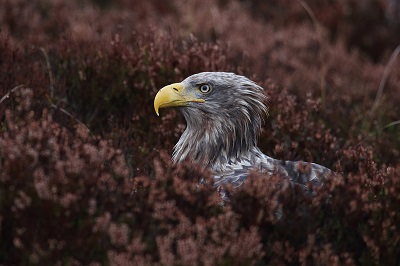It was only after World War II that nature conservation was beginning to be systematically addressed in the world
Humans cannot do without nature. We get everything we need for life from nature (water, air, food, clothes, etc.); nature also processes waste products and is necessary for the mental well-being of humans.

Man has been protecting nature for millennia: the creation of small confined spaces, designed to please some deity or provide a beautiful garden or hunting ground for nobles [1], has been known for centuries before our era. Thus, nature conservation has always been a social agreement to value the components of nature and their conservation.
The need to protect nature worldwide arose with the intensification of human activities. When the Industrial Revolution began in the second half of the eighteenth century, non-renewable fossil fuels (coal, oil, natural gas) were put to use, which contributed to economic development, but also brought along major environmental problems. For example, both the concentration of greenhouse gases in the atmosphere (which was accompanied by climate change [2]) and the extinction of species began to rise sharply [3]. Unfortunately, nature conservation was not very systematic at that time.
In Estonia, nature conservation commenced at the societal level in 1910, when the first nature reserve was established. The first nature conservation law in Estonia was adopted in 1930. Nature conservation in the world only became more systematic after World War II, when in 1948, the world’s largest – to date – nature conservation network, the International Union for Conservation of Nature (IUCN), was established. In the 1960s, the state rapidly began taking areas under nature conservation. The first national park in Estonia was created in 1971. Currently, Estonian protected areas are connected to several international networks of protected areas, like Natura 2000, Ramsar, and HELCOM areas.
It is difficult to predict with accuracy what would happen if we did not have the current nature conservation system. It is likely that natural resources (mineral resources, forests, wild game, fish stocks) would be consumed in significantly larger volumes, which would lead to even more drastic habitat loss and species decline. As a snowball effect, the disappearance of one species can lead to the extinction or significant impoverishment of the whole community, or to the extinction of humans as a species. The current nature conservation system tries to slow down the mass extinction of species.
Last modified: 02.12.2021
__________________________